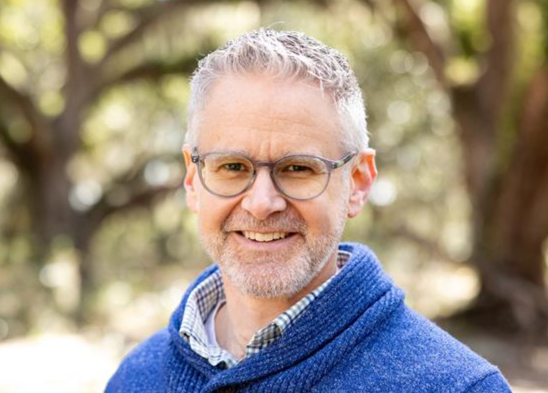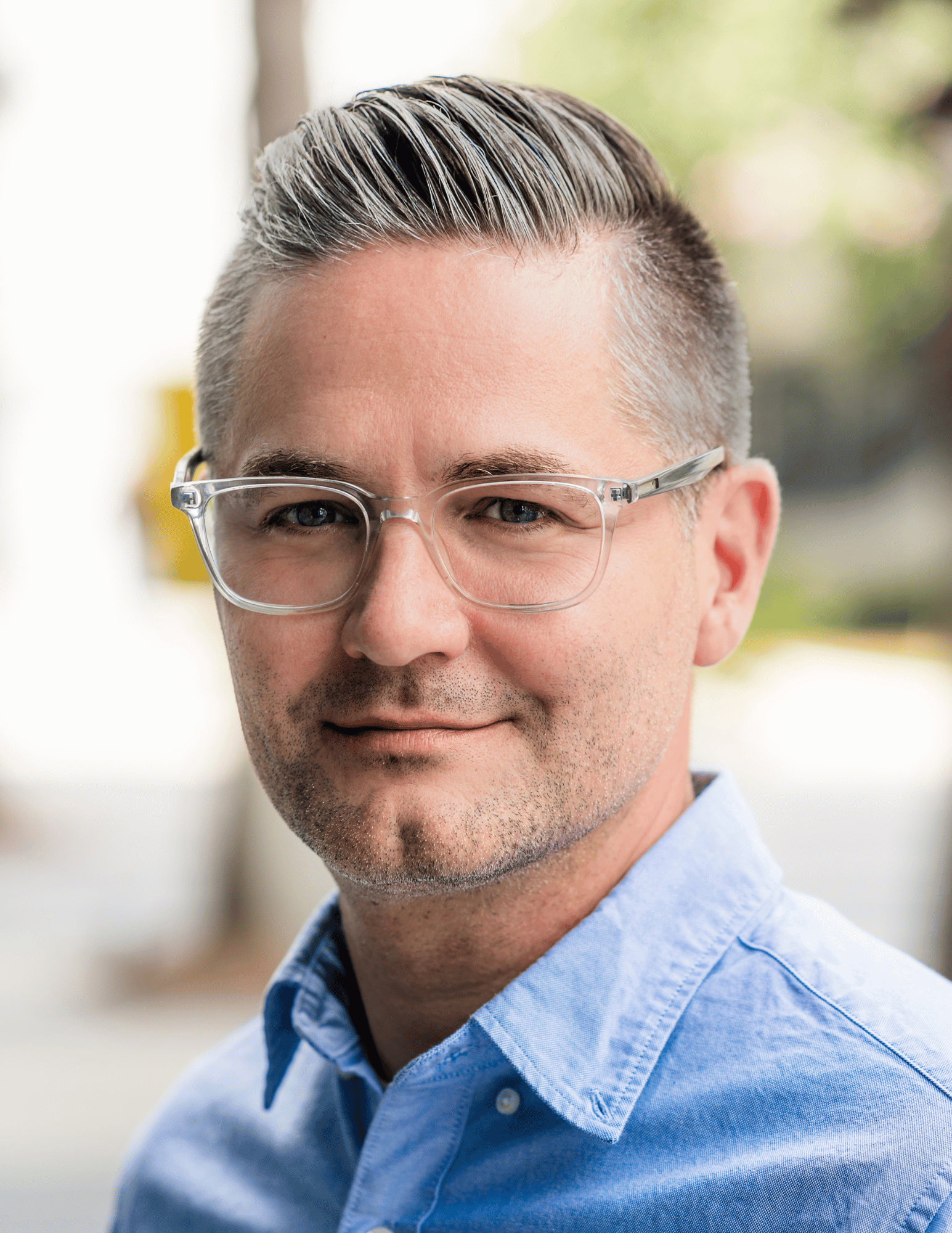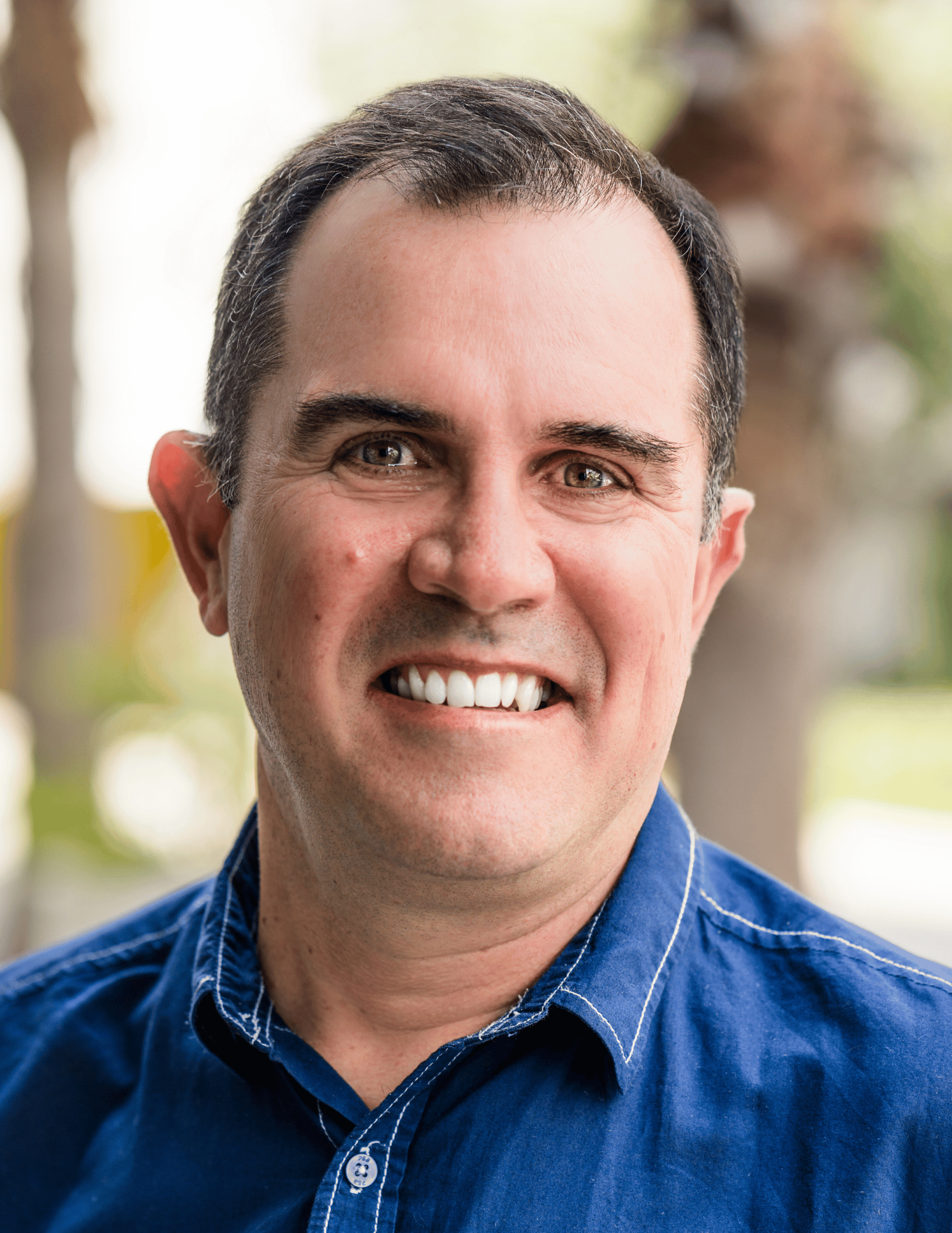
What Drives Us
Our Purpose
Reaching ETEN's All Access Goals requires accelerating the pace and scale of Bible translation.
The Innovation Lab exists to take the necessary risks by testing the untested, proving the unproven, equipping the unequipped, and advancing what cannot move forward without special intentionality.

Meet Our Team
Our dedicated team drives innovation in Bible translation, collaborating globally to accelerate access to Scripture.

Dal Anderson
Chief Administrator

Stephen Cave
Chief Strategist

Andy Kellogg
Quality Assurance Strategy Leader

Chris Klapp
Multimodal Translation Technology Strategy Leader

Koos Fouche
Assisted Translation Technology Strategy Leader

Joel Mathew
Translation Technology Strategy Leader

Peter Huang
Operations Director

Isabella Scarinzi
Communications Strategist

Joanne Wardlow
Administrative Assistant

Amanda Jones
Portfolio Coordinator
The Innovation Lab by the Numbers
9
Nucleus Staff
Our full-time Lab staff is passionate about making a difference. Each member brings unique skills and expertise, working together to fulfill the Lab's mission. They're all dedicated to pushing boundaries and driving innovation in Bible Translation.
25+
Critical Others
Working alongside the Nucleus, individual contributors that offer their expertise as fractional thought partners, ideators, and liaisons. Their focused contributions bring fresh perspectives and accelerate innovation, ensuring top-priority issues get the sharpest minds.
20+
Partner Organizations
We partner with organizations across ETEN and beyond, including Bible translation agencies, church networks, disciple-making movements, church denomination groups, and technology providers.

.jpg)
